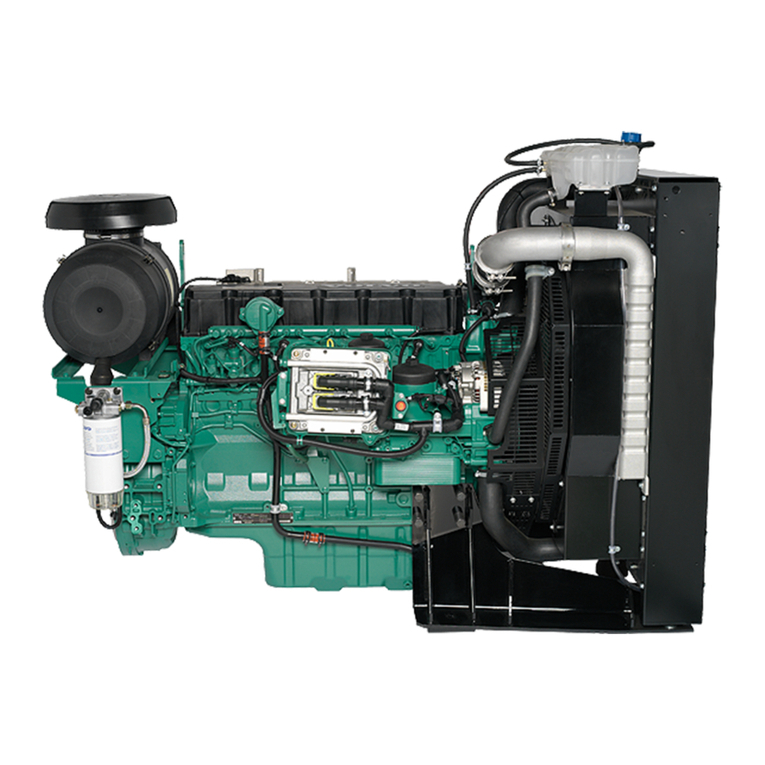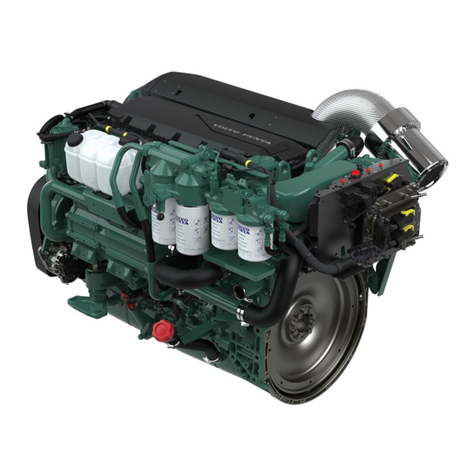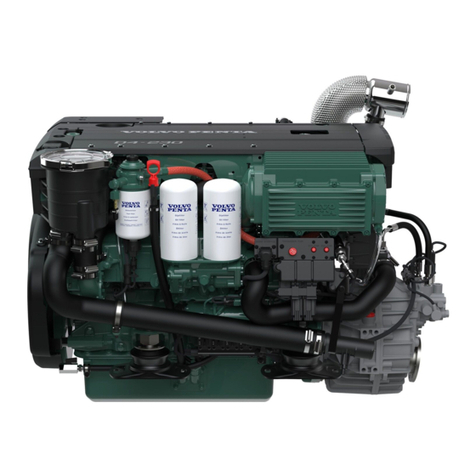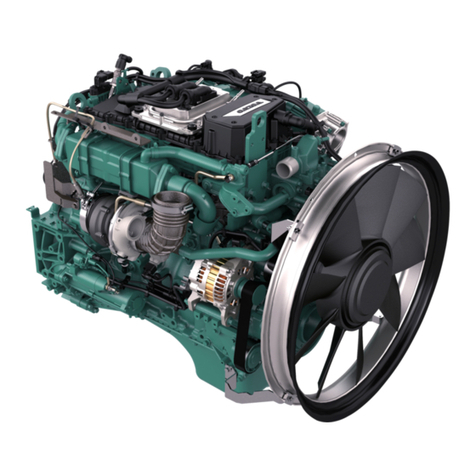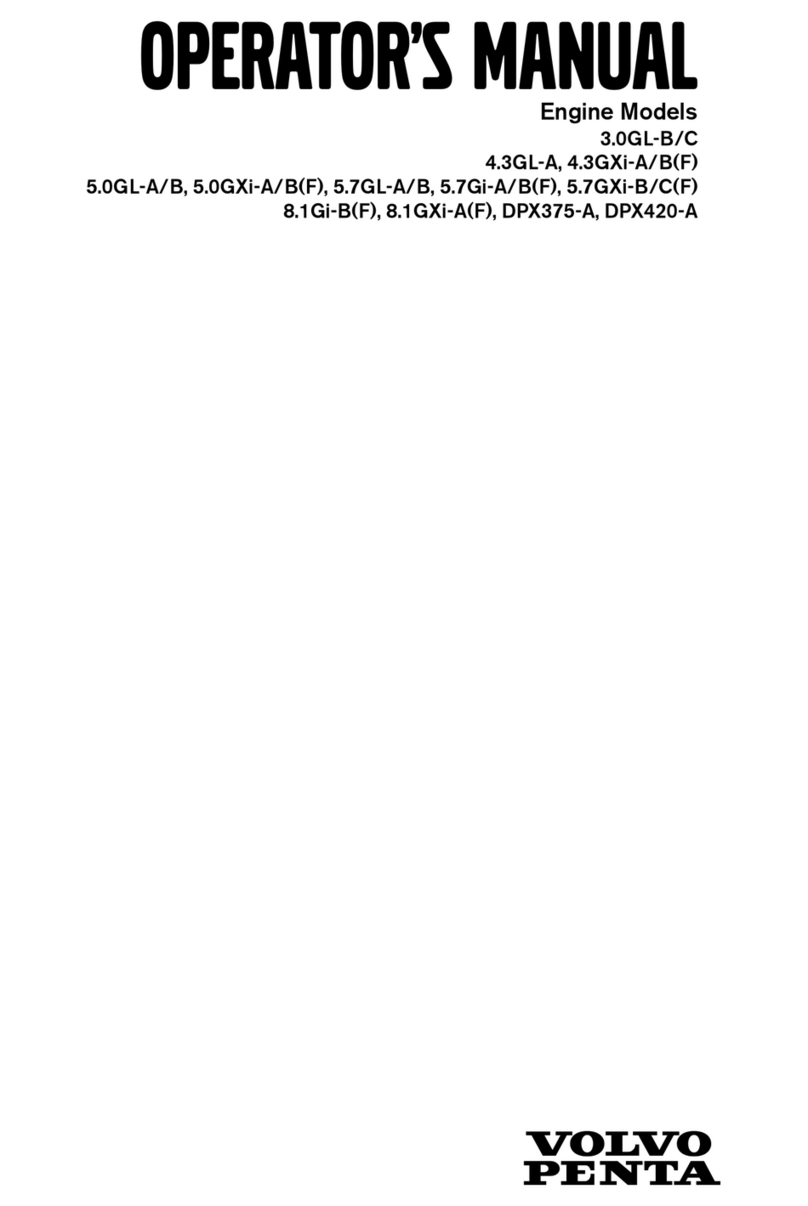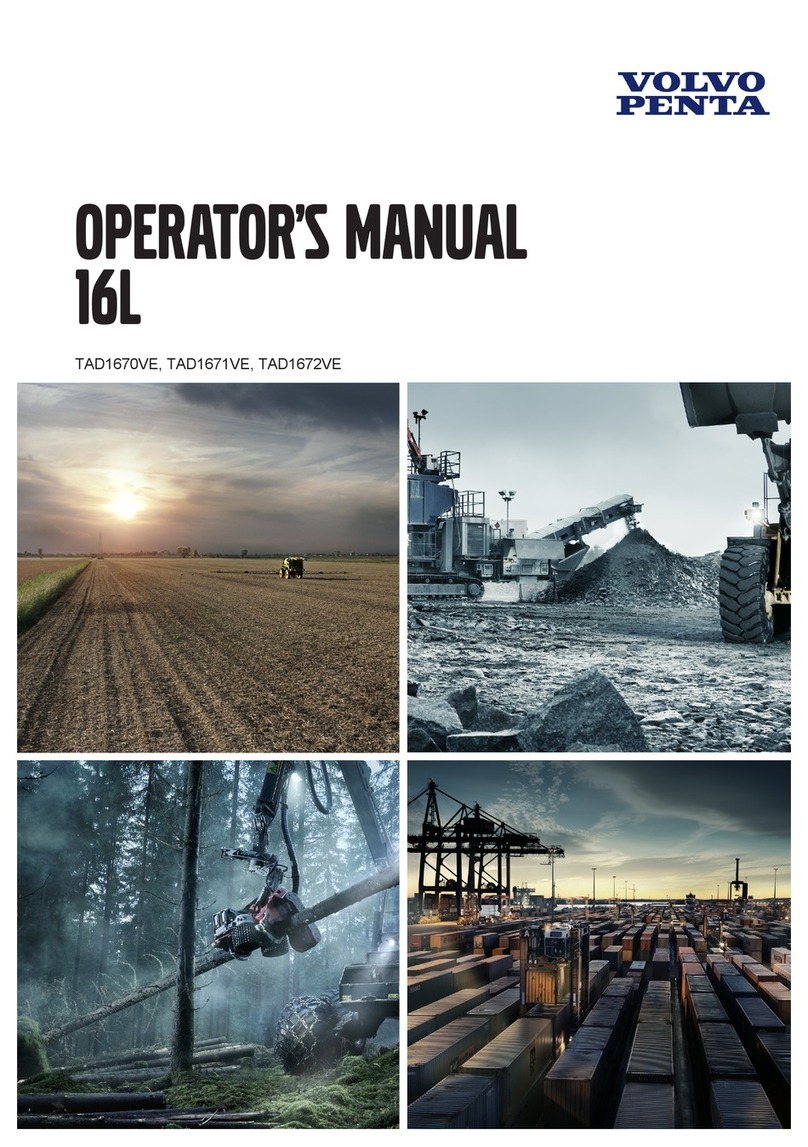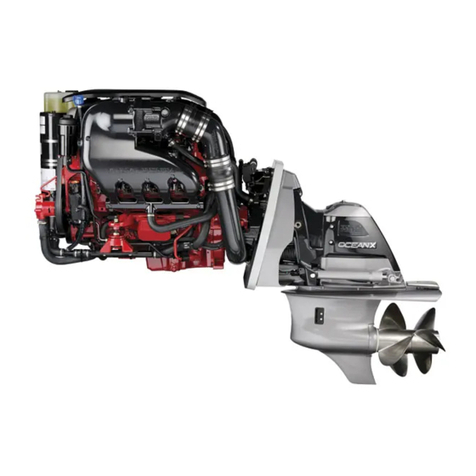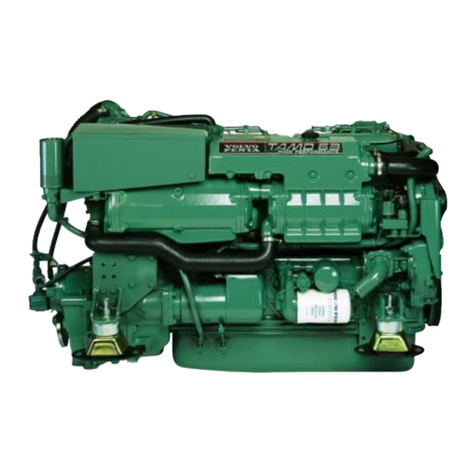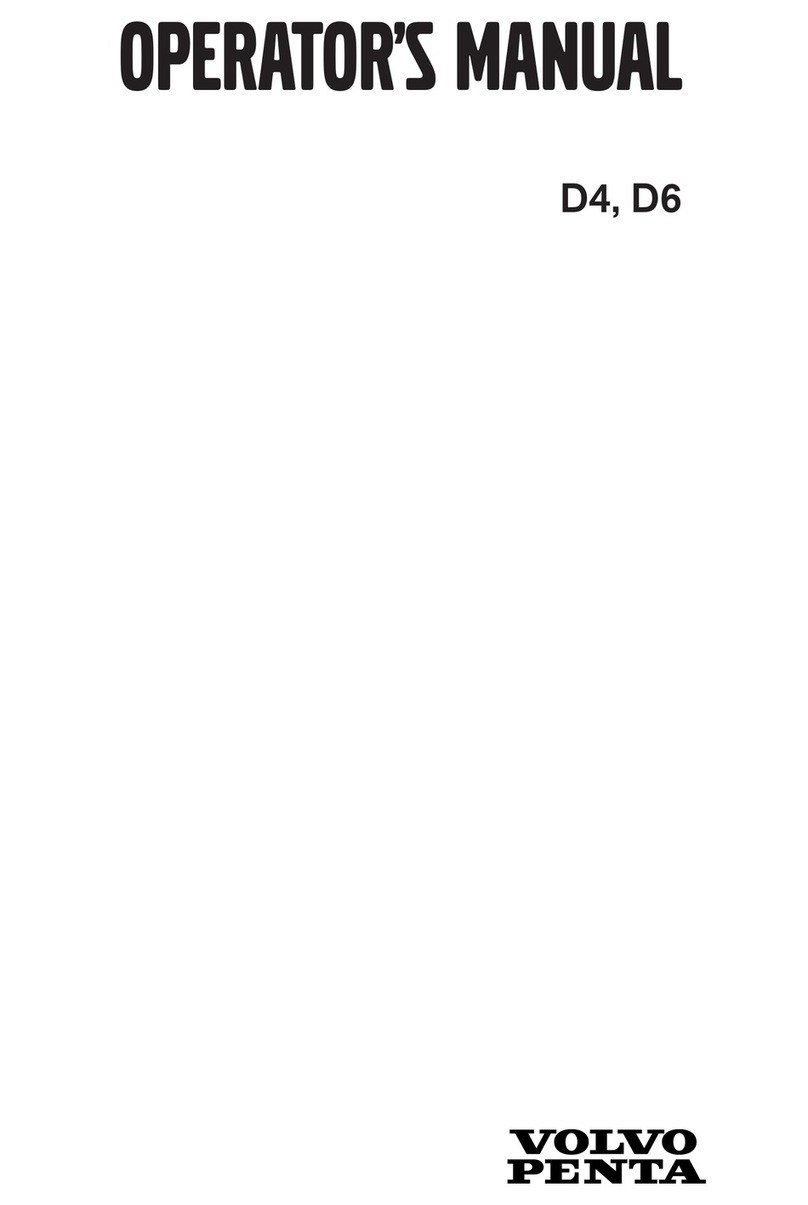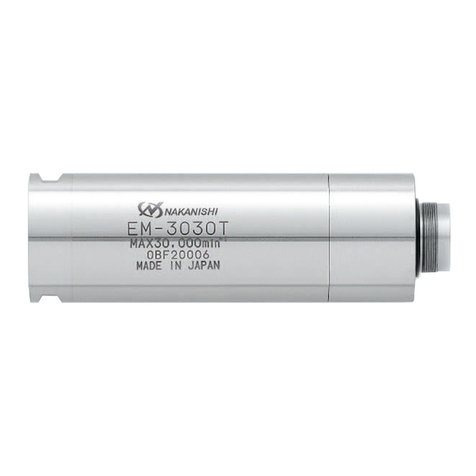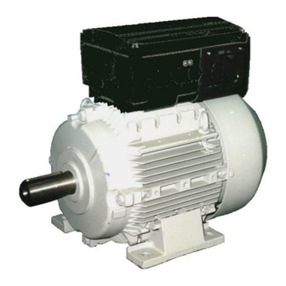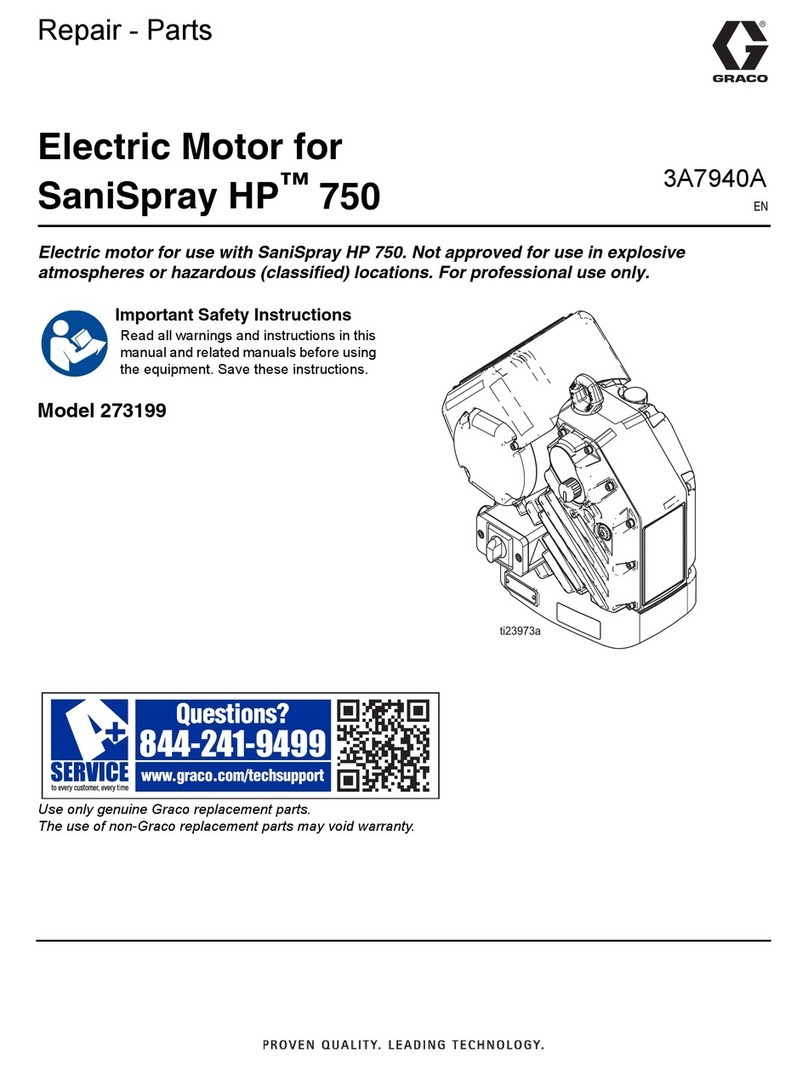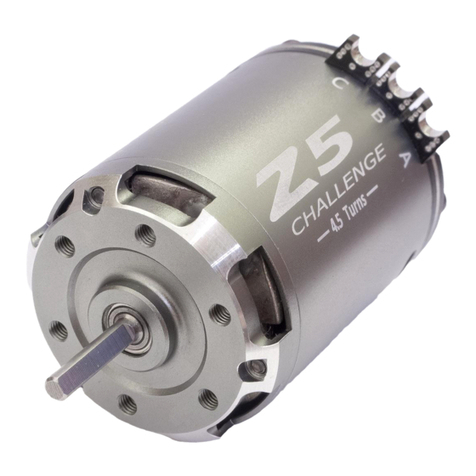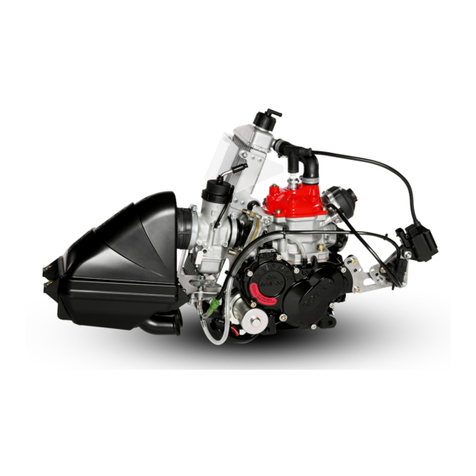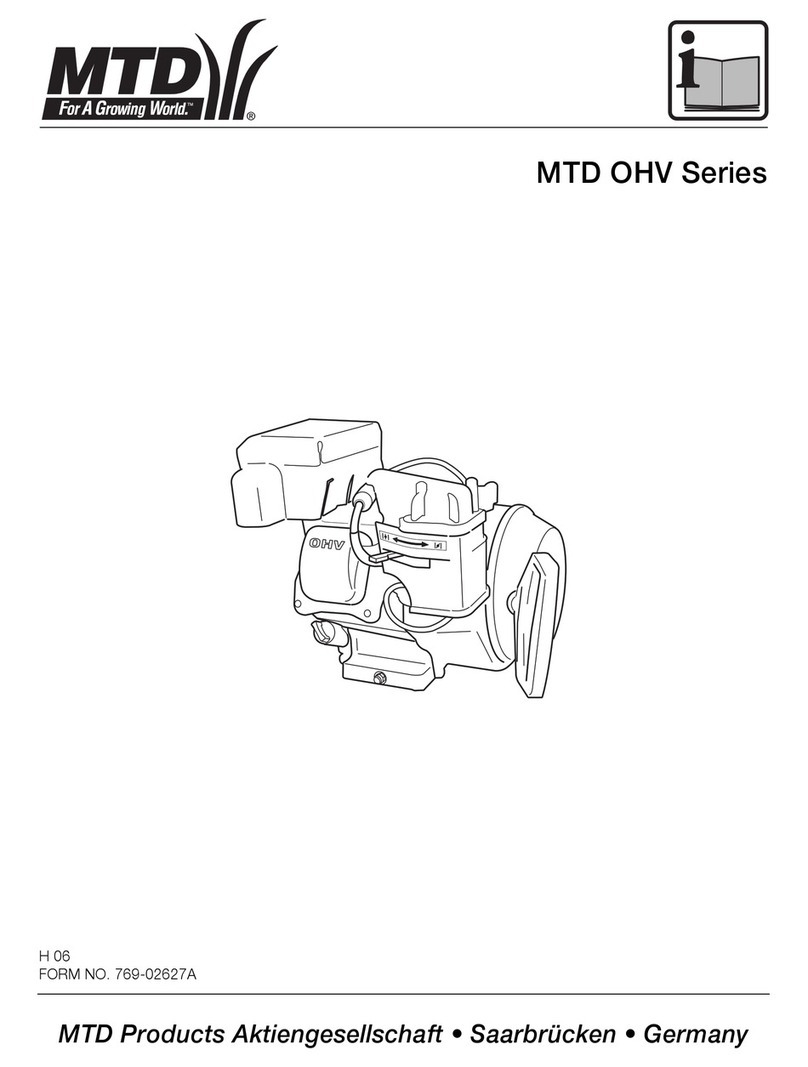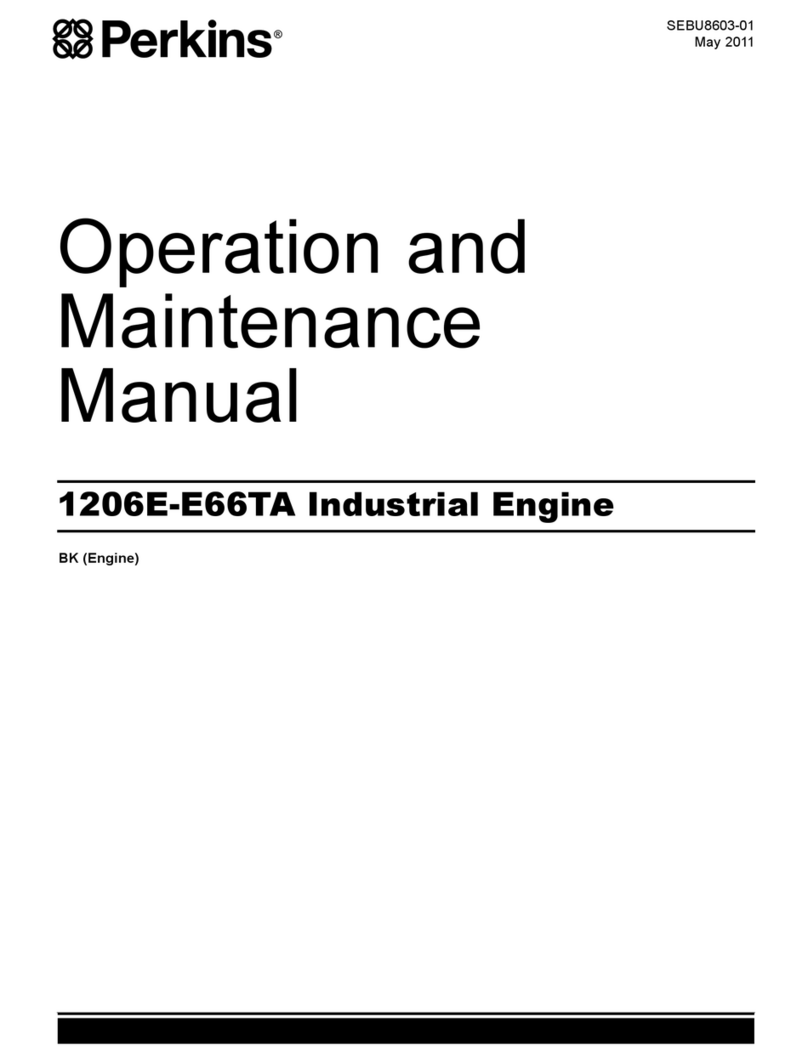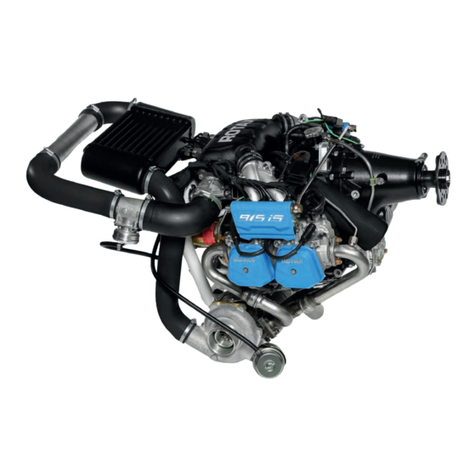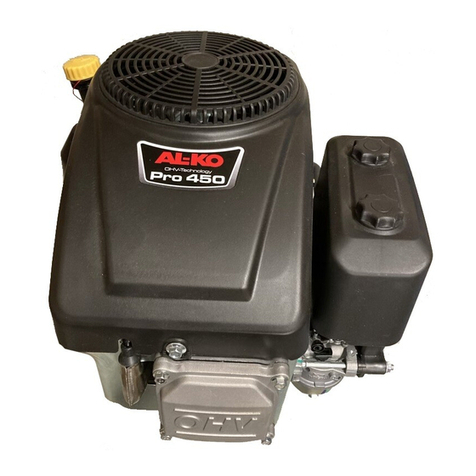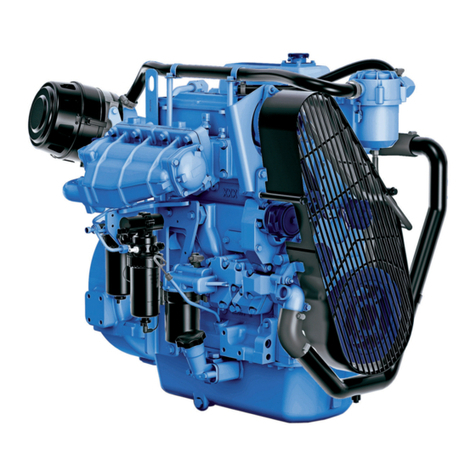
2
SAFETY ___________________________
This manual contains certain information related to the
personal safety of you the operator, your passengers,
and bystanders.
The safety symbol , appears next to important
information to prevent you and others from being hurt.
See page 4 for examples of safety symbols.
Observe all notes and Safety Warnings contained in
this manual.
PRODUCT REFERENCES, ILLUSTRATIONS
AND SPECIFICATIONS _______________
When reference is made in this manual to a brand
name, number, product, or specific tool, an equivalent
product may be used in place of the product referred to
unless specifically stated otherwise. Equivalent products
must meet all current U.S. Coast Guard Safety
Regulations and ABYC standards to avoid hazards.
All information, illustrations and specifications
contained in this manual are based on the latest product
information available at the time of printing. Volvo
Penta Marine Products LP reserves the right to
make changes at any time, without notice, in
specifications and models and also to discontinue
models. The right is also reserved to change any
specifications or parts at any time without incurring
any obligation to equip same on models
manufactured prior to date of such change.
The continuing accuracy of this manual cannot be
guaranteed.
All illustrations used in this manual may not depict
actual models or equipment and are intended as
representative views for reference only.
STOLEN UNIT ______________________
The model and serial numbers on your engine and
Power Jet are important to you. For locations of these
important numbers, refer to Model and Serial
Numbers in this section.
Record each of these numbers in the spaces provided
on the inside front cover of this manual and on a
separate sheet of paper. Store the separate sheet of
paper in a safe place other than on your boat.
In case of theft, report the model and serial numbers
to your local police authorities, your insurance agent,
and VOLVO PENTA.
OWNERS IDENTIFICATION CARD _____
When you purchased your boat, the dealer was
required to complete a warranty and registration form for
your VOLVO PENTA Power Jet. The owners portion of
this form is your Owners Identification Card. This card
provides proof of ownership and is required to validate
warranty, should warranty service be necessary.
TECHNICAL LITERATURE ____________
VOLVO PENTA offers technical literature written
specifically for your engine and Power Jet. A service
manual, a parts catalog, or an extra operators manual
can be purchased from your VOLVO PENTA dealer.
This owners manual is intended for use in the U.S.
and Canadian markets only.
For the name and location of the nearest VOLVO
PENTA dealer in the U.S., consult the Yellow Pages
under Boat Dealers or call 1-800-522-1959.
ILLUSTRATION SYMBOLS ____________
GENERAL INFORMATION
Basic Safety Rules of Boating .............................. 3
Boater's Responsibility ......................................... 3
Illustration Symbols .............................................. 2
Model and Serial Numbers ................................... 3
Owner's Identification Card .................................. 2
Product References, Illustrations
and Specifications ............................................ 2
Repair Service ..................................................... 3
Safety .................................................................. 2
Stolen Unit ........................................................... 2
Symbols ............................................................... 4
Technical Literature ............................................. 2
Toll Free Dealer Locator Service ......................... 3


